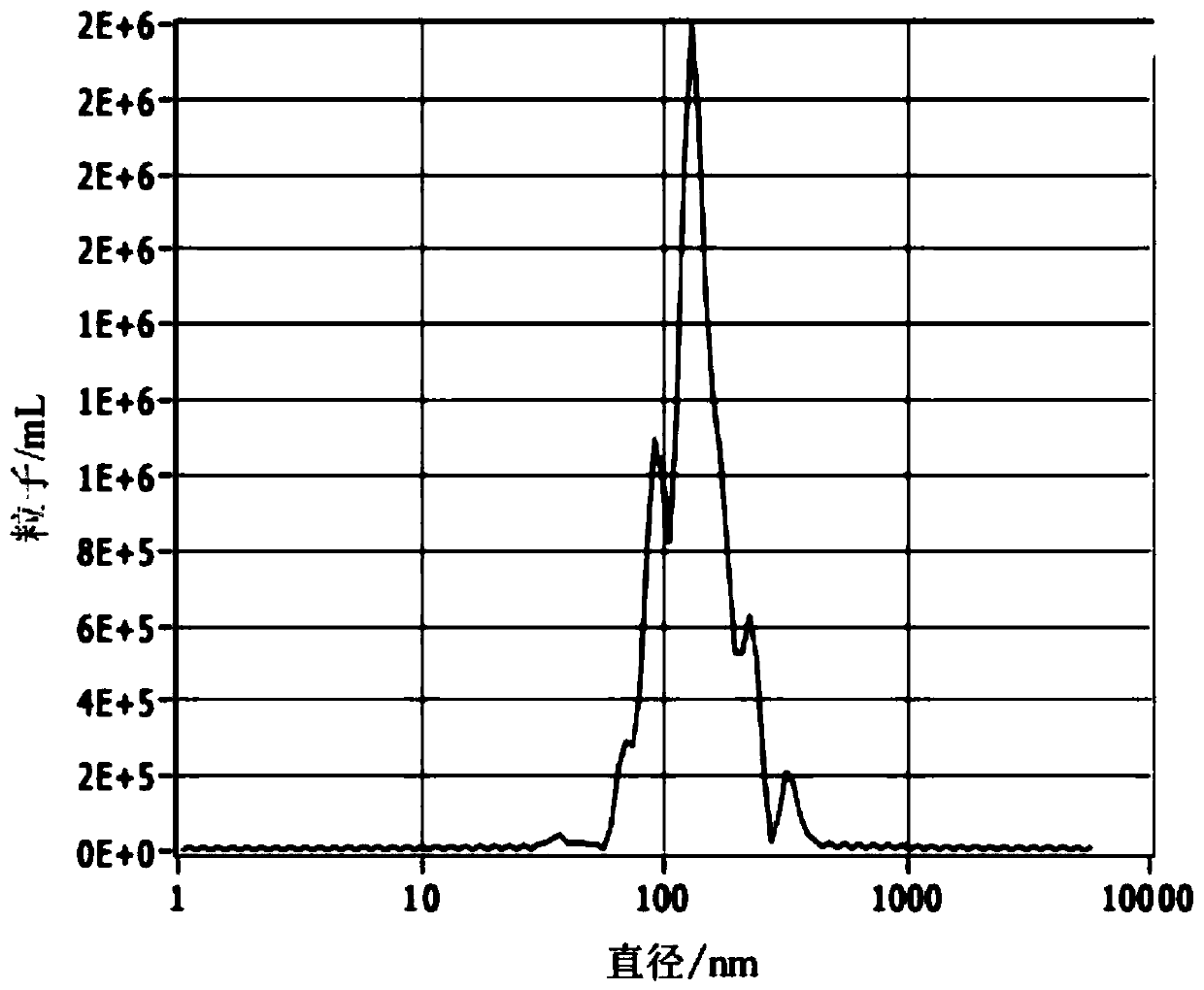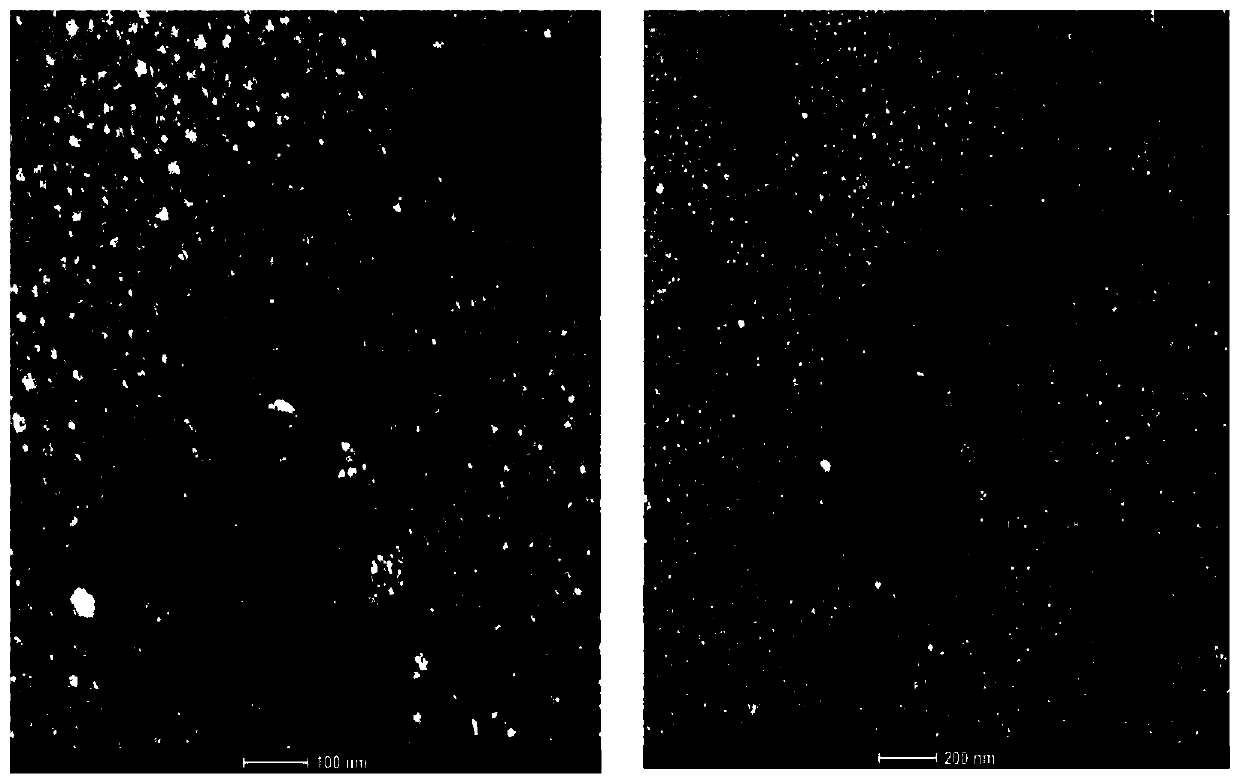Prokaryotic exosome and extraction and separation method and application thereof
A prokaryotes, separation method technology, applied in the direction of separation of microorganisms, bacteria, etc., can solve problems such as unreported
- Summary
- Abstract
- Description
- Claims
- Application Information
AI Technical Summary
Problems solved by technology
Method used
Image
Examples
Embodiment 1
[0028] A method for extracting and separating prokaryotic exosomes. In this embodiment, prokaryotic organisms are lactic acid bacteria. See figure 1 , the specific steps of the method are as follows:
[0029] Step 1. Put the lactic acid bacteria into the MRS medium and incubate anaerobically at 37°C for 18 hours, then inoculate the second-generation bacteria solution that has been activated for 18 hours into 500 mL of MRS liquid medium according to the inoculum amount of 1 vt.%, and incubate at 37°C , the absorbance OD value of the culture solution at 600 nm is 2.2 and the minimum separation volume is not less than 200 mL, put it into a centrifuge at 4 °C, 5000 × g for 5 min, and take the supernatant of the lactic acid bacteria culture medium.
[0030] Step 2. Then centrifuge the supernatant of the lactic acid bacteria culture medium at 4°C, 2000×g for 10 min to take the supernatant of the second centrifugation liquid, transfer the supernatant to a new 50 mL centrifuge tube, a...
Embodiment 2
[0037] The lactic acid bacteria exosomes extracted and separated in Example 1 are subjected to nanoparticle tracking detection, and the nanoparticle tracking detection instrument is the ZetaVIEW S / N 17-310 nanometer particle size particle tracking analyzer produced by PARTICLE METRIX Company, and the software version used for analysis for ZetaView 8.04.02. The specific detection method is as follows: take a frozen sample at -80°C, thaw it in a 25°C water bath, and put it on ice immediately after thawing; then add 1×PBS for dilution, and directly use it for nanoparticle tracking detection. For the particle size detection and analysis chart of lactic acid bacteria exosomes, see figure 2 , it can be seen from the figure that the particle size of lactic acid bacteria exosomes detected by the nanoparticle size particle tracking analyzer meets the reported particle size detection standards of exosomes.
[0038] The exosomes extracted and separated in Example 1 were subjected to na...
Embodiment 3
[0040] The method described in Example 1 is applied in the extraction and separation of exosomes from prokaryotic organisms other than lactic acid bacteria.
PUM
| Property | Measurement | Unit |
|---|---|---|
| Particle size | aaaaa | aaaaa |
Abstract
Description
Claims
Application Information
 Login to View More
Login to View More - R&D
- Intellectual Property
- Life Sciences
- Materials
- Tech Scout
- Unparalleled Data Quality
- Higher Quality Content
- 60% Fewer Hallucinations
Browse by: Latest US Patents, China's latest patents, Technical Efficacy Thesaurus, Application Domain, Technology Topic, Popular Technical Reports.
© 2025 PatSnap. All rights reserved.Legal|Privacy policy|Modern Slavery Act Transparency Statement|Sitemap|About US| Contact US: help@patsnap.com



